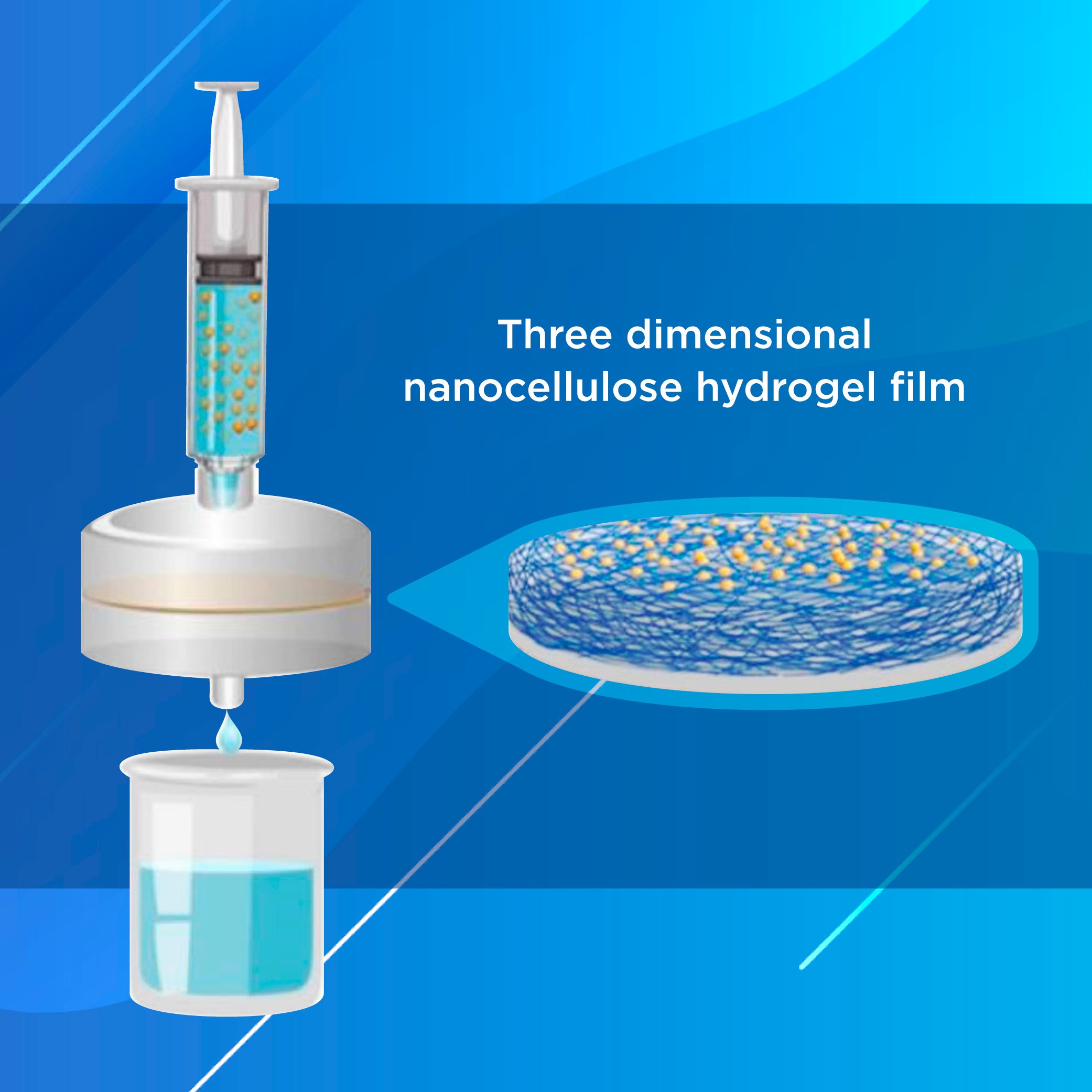
Thanks to the promising portable filtration technology developed by researchers at the University of Texas in Austin, everyone in the world could one day have access to clean drinking water.
In a new study(1) published in Nature Sustainability, a team at the University of Texas, Austin detailed how their new filtration device could help increase drinking water availability through a simple, sustainable, but effective solution.
"The reality is, a large percentage of the world's population lacks access to safe drinking water, even in places where fresh water sources are available. There is an urgent need for simple, universal, and efficient materials and devices for purifying particle-contaminated water, which should be able to help people around the world obtain clean water," said Chuxin Lei, lead author and a graduate student at UT Austin.
The new device does away with conventional filtration devices that use solely filter papers or membranes filters. It uses an intertwined web of nanocellulose fibers contained in a hydrogel film with a microporous membrane support.
The new system collects contaminated water in the syringe and injects it into the hydrogel film, which traps particles to produce potable water. Researchers say this method could remove almost 100 percent of particles, contaminants, and microplastics in various water samples.
"Our system, with its high efficiency in removing diverse types of particles, offers an attractive yet practical solution in improving freshwater availability," said Prof. Guihua Yu of UT Austin.
This device's sustainability features make it a better solution. Researchers created the hydrogel filter using low-cost and readily available materials. They also designed the filter to be biodegradable and usable up to 30 times.
During their tests, researchers used 1.5-liter syringes, which equate to 40 percent of an individual's daily drinking water needs. They shared that they plan to develop their filtration technology further to accommodate more significant amounts of contaminated water.
Other team members from universities in China, namely Northeast Forestry University, Shanghai Tech University, and Tsinghua University, collaborated with the UT Austin researchers.
Sources:


![Join Sterlitech at BIO 2024 [Booth #5558]: Exploring the Future of Biotechnology](https://www.sterlitech.com/media/magefan_blog/b4.jpeg)

